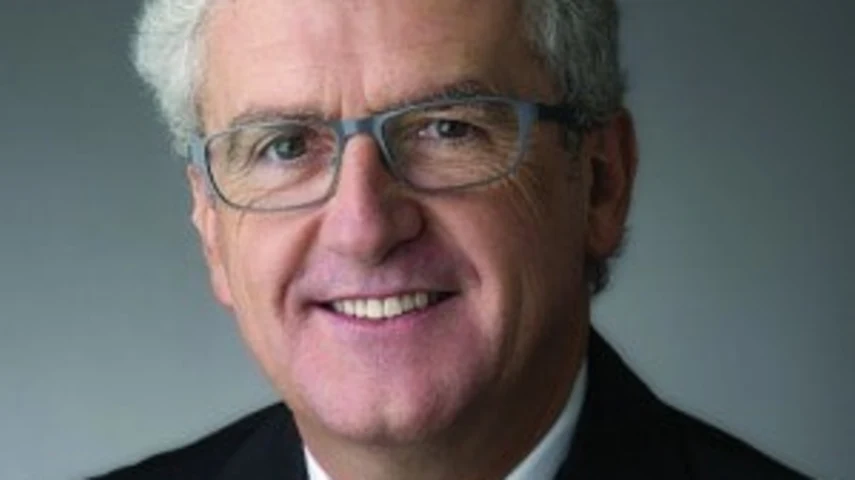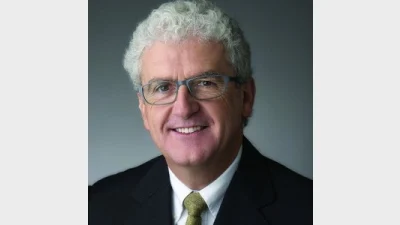Greg Jude: From engineer to fund manager



Hailing from an engineering background, Greg Jude does not have a typical fund manager’s beginnings.
His career started in computer systems design and implementation, albeit often in the financial services space.
After managing projects for IBM and private clients, Jude decided to switch to financial services itself in the 1990s and launched Meme Capital Management in 2012.
An engineer’s approach to investing
When looking at Meme, both Jude’s financial and engineering backgrounds are evident. Adopting a “systematic investing” approach, its sole fund, the Dual Momentum fund (formerly the Meme Australian Share fund) is run much like a computer system.
Rather than following a more traditional value-focussed model, Jude utilises a quantitative method based on price analysis when making investment decisions.
“Everything is a system. It’s all based on inputs, processes and outputs,” Jude says.
He does not analyse the company beyond its price, “trusting the numbers” to identify whether a price trend exists and, if so, its characteristics such as speed and strength.
Jude says he does not need to keep track of what companies actually do or are involved with, not even keeping track of what newspapers report about those he invests in.
“It may seem strange, but I don’t need to know what they do. I only need to know if they’re about to go ex-dividend or be part of a take-over.”
Jude also doesn’t pay much attention to what other fund managers are doing.
He’s relaxed about lithium stocks at the moment, for example, even though others may not be. His analysis shows that there’s no reason to exit yet, so he simply hasn’t.
With this “absolutely and unashamedly bottom-up analysis” of stocks’ prices, Jude says he is able to make decisions that are “entirely unemotional and based on … back-tested rules that over time work in my favour and my investors’ favour”.
The essential benefit of this approach is it allows Jude to focus on the core aim of funds management, which Jude says is making money for investors. The analysis is purely a means to that end.
“You only make money when the price goes up, which is why I analyse the price,” he says. “The beauty of quant is I can just have back-tested rules that go back to the prime purpose of the portfolio, which is to make money.”
Jude is careful to adopt investment practices that protect any money made by the portfolio and mitigate against significant losses.
He does not invest too much in any one stock in order to stay diversified. Meme generally won’t hold more than five per cent of the fund in one investment, although at the time of writing it had approximately nine per cent in A2 Milk.
Jude also tries to minimise risk by setting firm limits on how much he will buy into new stocks. He has a self-imposed base position of not buying more than 10 per cent of a stock’s daily liquidity so he doesn’t end up with illiquid holdings.
Finally, he gets out of stocks that are performing badly before investors lose too much.
“It’s absolute nonsense that you don’t lose money until you sell,” he says. By acknowledging this, “when we lose, we can make sure we just lose small … we cut any losses while they’re small and let our profits run”.
Jude acknowledges that a purely quantitative approach isn’t very accepted by the funds management industry, who can be inclined to “think it’s based on tea leaves and entrails” rather than hard analysis.
In reality though, he says “the whole thing is just applied logic, applied common sense”.
It’s not complex or inherently risky, but is depicted that way by those who do not understand it, such as value-focussed or anti-data people.
“It’s not rocket science. It’s just made to look like that by those who don’t want to give time to it.”
In defence of the accuracy of relying solely on quantitative data, Jude points to the varied responses that a qualitative approach can throw up about the same market.
“If the fundamental analysts are correct, then why is there so much variation in what they think?” he asks.
An international focus
Having originally focussed on Australian stocks, Jude last month announced that Meme would be re-targeting its investments to global stocks instead.
Jude said that his analysis of Meme had shown that operating both in a single market and in the Australian share market had affected both returns and volatility. He also found that this could be improved by changing to global investment.
Part of this change is also the rebranding mentioned above, to the Dual Momentum fund.
“The fund’s name [will] more closely reflect our core investment style – targeting stocks whose share prices are both trending upwards (absolute, or time-series momentum) and outperforming (relative momentum),” Jude says.
“It also importantly serves to differentiate our quantitative and systematic investment style from the more fundamental and value-orientated methods employed by a significant majority of the investment community.”
A small manager in a big world
Jude’s approach clearly works; the Meme Australian Share fund received four FE Crowns this February, and five last August.
As a small manager, though, he struggles to get word out there about his fund.
“I thought that if I just created a good product people would beat a path to my door, but the problem is that not many know where the door is,” he says.
To help with improving distribution, the first $40 million of new or transferred investment in the Dual Momentum fund will come with an allocation of shares in Meme Capital Management.
In the meantime, Jude’s focus is on continuing to improve and grow his investments. Nearly five years since its launch, he’s still nurturing it through the careful development of his engineer-minded system.
“It’s like watching a child grow. I know how it behaves now in different circumstances.”
Recommended for you
In this episode of Relative Return Insider, host Keith Ford and AMP chief economist Shane Oliver discuss the September quarter GDP figures, which show Australia’s economy regaining momentum.
In this new episode of The Manager Mix, host Laura Dew speaks to Haley Devine, head of wealth management at MaxCap Group, to delve into private credit and commercial real estate.
In this new episode of The Manager Mix, host Laura Dew speaks to Benjamin Leung, head of systematic investments at Macquarie Asset Management, to understand the use of systematic investments.
Marking off its first year of operation, Perth-based advice firm Leeuwin Wealth is now looking to strengthen its position in the WA market, targeting organic growth and a strong regional presence.











